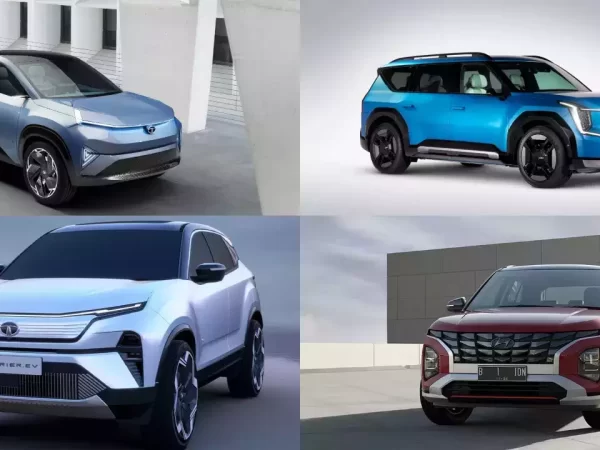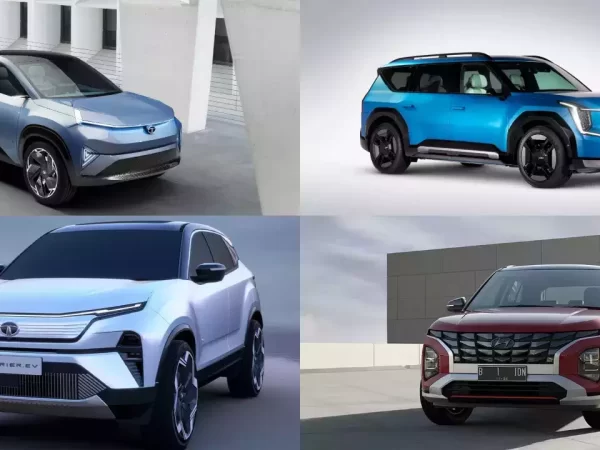The Different Types of Car Engines and Their Parts
A car engine is the heart of your vehicle and is responsible for producing power. It is made up of four, six, or even eight cylinders. Each cylinder has a piston and connects to the crankshaft. The more cylinders your engine has, the more power it can produce. Of course, the more cylinders it has, the more fuel it will use, and therefore the faster your car will be.
The engine also has a cylinder head, which sits on top of the cylinder block. The cylinder head covers each of the cylinders and contains the pistons. The cylinder block contains the rest of the valvetrain, including valve springs, retainers, and camshafts. Depending on the model of your car, it might have four, six, or even eight cylinders. Here’s a quick breakdown of the different types of car engines and their parts.
A car engine contains many parts, and each part works together to make a functional machine. Firstly, a piston is located in the engine, and this is where the combustion takes place. The piston then moves downward to draw air into the cylinder. When the piston reaches its lowest position, the exhaust valve opens. This forces the fuel and air mixture into a tight space. Next, a spark plug ignites the mixture. This ignites the fuel-air mixture, which then ejects it into the exhaust system.
The connecting rod is connected to the piston by a wrist pin. The wrist pin slides into a bore on the smaller end of the connecting rod. The connecting rod is also part of the camshaft, which controls the timing of the pistons to allow the engine to produce more power. Lastly, the most important part of a car engine is the flywheel. This uses the principle of conservation of angular momentum to store rotational energy. This energy is proportional to the square of the rotational speed.
There are several types of car engines. Some are internal combustion and others use natural gas or propane. Both types have their own unique characteristics, but they all share a common purpose: power. The internal combustion engine is the most common and most efficient type of engine. It uses gasoline, diesel, or propane as fuel. The exhaust gases that come from combustion are transferred to the wheels, which makes it easy to accelerate and move.
Another type of engine is a V-type engine. A V-type engine has cylinders that face inwards and a common crankshaft at the base of the V-shape. This type of engine is generally found in high-performance sports cars and other premium vehicles. It is costly to maintain and difficult to understand, but has several benefits, including allowing more cylinders in a smaller space.
The cylinder head contains the piston and the combustion chamber. These two pieces fit together and form a seal. Combined, these two parts produce the explosive gas/fuel mixture that drives the car.










